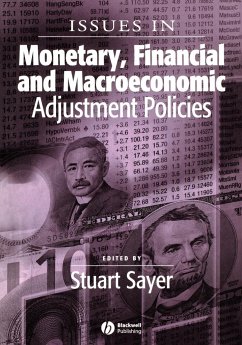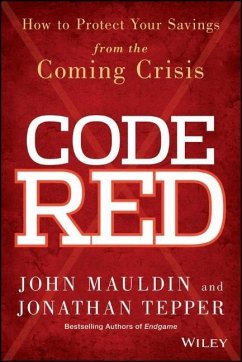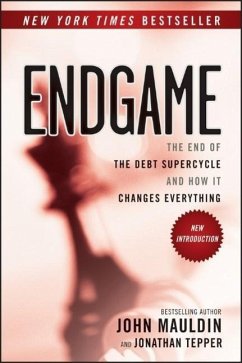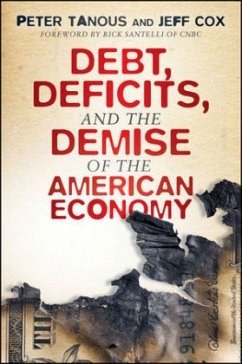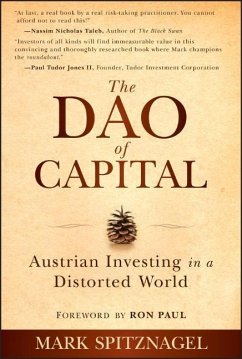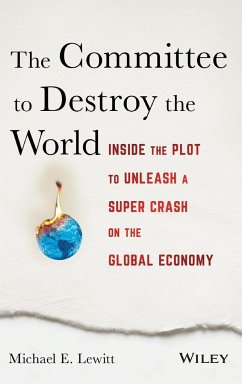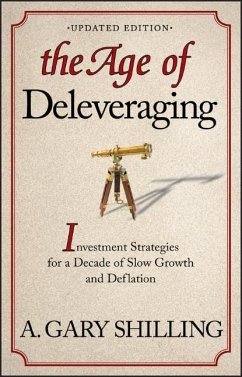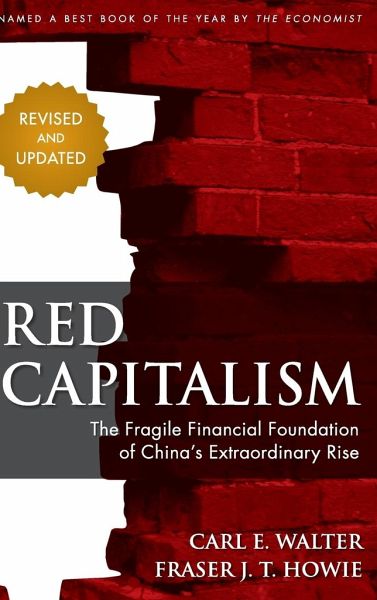
Red Capitalism - Revised and Updated
Versandkostenfrei!
Versandfertig in über 4 Wochen
22,99 €
inkl. MwSt.
Weitere Ausgaben:

PAYBACK Punkte
11 °P sammeln!
The truth behind the rise of China and whether or not it will be able to maintain itHow did China transform itself so quickly? In Red Capitalism: The Fragile Financial Foundation of China's Extraordinary Rise, Revised Edition Carl Walter and Fraser Howie go deep inside the Chinese financial machine to illuminate the social and political consequences of the unique business model that propelled China to economic powerhouse status, and question whether this rapid ascension really lives up to its reputation.All eyes are on China, but will it really surpass the U.S. as the world's premier global ec...
The truth behind the rise of China and whether or not it will be able to maintain it
How did China transform itself so quickly? In Red Capitalism: The Fragile Financial Foundation of China's Extraordinary Rise, Revised Edition Carl Walter and Fraser Howie go deep inside the Chinese financial machine to illuminate the social and political consequences of the unique business model that propelled China to economic powerhouse status, and question whether this rapid ascension really lives up to its reputation.
All eyes are on China, but will it really surpass the U.S. as the world's premier global economy? Walter and Howie aren't so certain, and in this revised and updated edition of Red Capitalism they examine whether or not the 21st century really will belong to China.
The specter of a powerful China is haunting the U.S. and other countries suffering from economic decline and this book explores China's next move
Packed with new statistics and stories based on recent developments, this new edition updates the outlook on China's future with the most cutting-edge information available
Find out how China financed its current position of strength and whether it will be able to maintain its astonishing momentum
Indispensable reading for anyone looking to understand the limits that China's past development decisions have imposed on its brilliant future, Red Capitalism is an essential resource for anyone considering China's business strategies in today's extremely challenging global economy.
How did China transform itself so quickly? In Red Capitalism: The Fragile Financial Foundation of China's Extraordinary Rise, Revised Edition Carl Walter and Fraser Howie go deep inside the Chinese financial machine to illuminate the social and political consequences of the unique business model that propelled China to economic powerhouse status, and question whether this rapid ascension really lives up to its reputation.
All eyes are on China, but will it really surpass the U.S. as the world's premier global economy? Walter and Howie aren't so certain, and in this revised and updated edition of Red Capitalism they examine whether or not the 21st century really will belong to China.
The specter of a powerful China is haunting the U.S. and other countries suffering from economic decline and this book explores China's next move
Packed with new statistics and stories based on recent developments, this new edition updates the outlook on China's future with the most cutting-edge information available
Find out how China financed its current position of strength and whether it will be able to maintain its astonishing momentum
Indispensable reading for anyone looking to understand the limits that China's past development decisions have imposed on its brilliant future, Red Capitalism is an essential resource for anyone considering China's business strategies in today's extremely challenging global economy.




